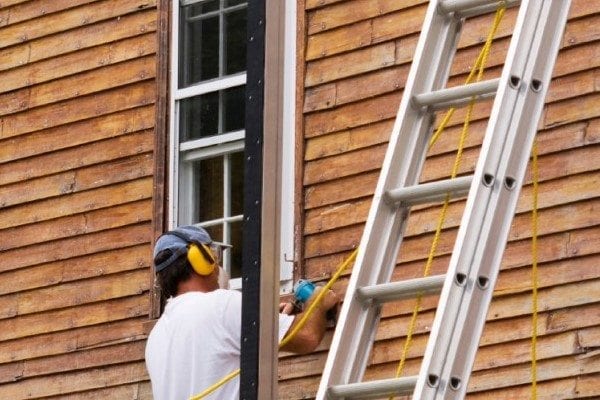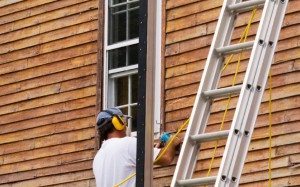
Tips for removing paint
Removing paint or varnish can be tedious, frustrating and even hazardous to your health. Luckily, there are many ways to accomplish this task, and with a little research, you can find the one that’s most effective – and safest – for you.
Paint strippers
Chemical strippers have been a popular way to remove paint – especially hard-to-remove enamels and varnishes – for many years. However, care and caution must be used with these chemicals, as most contain harmful solvents and other caustic materials. Many conventional strippers contain methylene chloride, which is very harmful and since it evaporates very quickly, is easily inhaled.
Plant-based and “green” strippers available today are less hazardous; however, just because a stripper is plant-based or labeled as green, doesn’t mean it isn’t hazardous to your health if proper precautions are not taken. When using chemical strippers of any kind, always wear chemical gloves, eye protection and proper breathing protection.
The basic method for using a chemical stripper is to start at the top of the area and work your way down, taking care to work the stripper into cracks, crevices and hard-to-reach places. When the gel begins to set up and you can see the top layer of paint bubbling, begin to scrape it off. You may have to do this three or four times to get down to bare wood.

Some specialty tools are available for removing paint from wood siding, but often contractors rely on scraping and sanding with conventional tools.
Scrapers and sanders
Sometimes scraping and/or sanding is preferable for removing paint. Before repainting the wood siding of a home, for example, stripping would be too time-consuming and not cost-effective.
Some specialty tools are available for removing paint from wood siding, but often contractors rely on scraping and sanding with conventional tools. The keys are to wash the surface first, using either a pressure-washer (be careful not to get water in behind the material) or a bucket of soapy water, a stiff-bristled brush and a garden hose. This will knock off loose areas of paint and better expose other rough areas for further scraping or sanding.
If there are areas where the paint is still adhering to the surface, feather the edges with a sander. This will make those areas less visible under a new topcoat and strengthen the bond between new paint and old.
Always wear the proper personal protection equipment when sanding or scraping paint.
Heat guns
Heat guns can remove stubborn paint fairly easily, but they require careful attention. Fumes released from heated paint when using a heat gun can be hazardous, so wear breathing protection.
Heat the surface just long enough to soften the material but not scorch the material beneath. Hold the nozzle of the heat gun about 2 inches away from the surface and keep it moving back and forth in a small area until the paint begins to bubble and blister. If the surface begins to smoke, remove the heat gun immediately if this happens.
Scrape the bubbling paint or varnish away with a putty knife, detail scraper or shave hook. Work on large, simple areas first and then go back over tricky detail areas.

